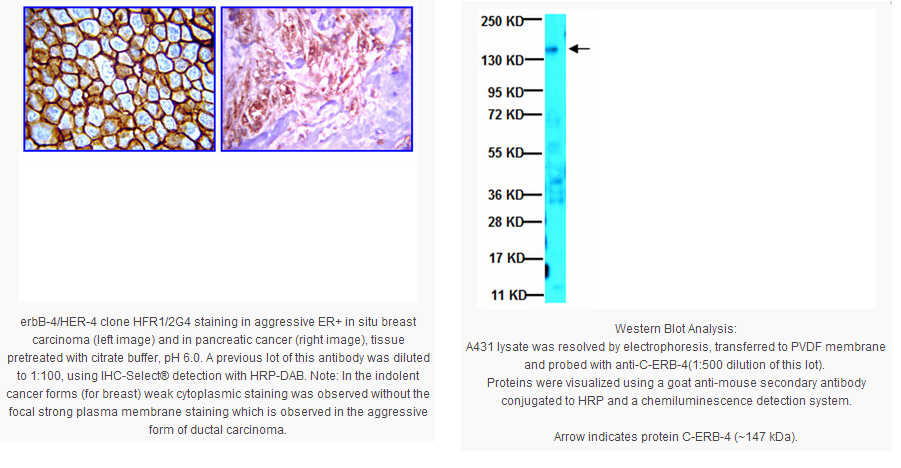

 |
|
||||||||||||||||||||||||||
描述:
| Species Reactivity | Key Applications | Host | Format | Antibody Type |
|---|---|---|---|---|
| H, R, M | WB, IH(P), IP | M | Purified | Monoclonal Antibody |
| Product Information | |
|---|---|
| Format | Purified |
| Control |
|
| Presentation | Purified mouse monoclonal IgM in 0.02 M PB with 0.25 M NaCl, pH 7.6, 0.01% Sodium Azide. |
| Storage and Shipping Information | |
|---|---|
| Storage Conditions | Stable refrigerated at 2-8°C in undiluted aliquots for up to 1 year from date of receipt. |
| Packaging Information | |
|---|---|
| Material Size | 100 µg |
原厂资料:
| Species Reactivity | Key Applications | Host | Format | Antibody Type |
|---|---|---|---|---|
| H, R, M | WB, IH(P), IP | M | Purified | Monoclonal Antibody |
| Product Information | |
|---|---|
| Format | Purified |
| Control |
|
| Presentation | Purified mouse monoclonal IgM in 0.02 M PB with 0.25 M NaCl, pH 7.6, 0.01% Sodium Azide. |
| Storage and Shipping Information | |
|---|---|
| Storage Conditions | Stable refrigerated at 2-8°C in undiluted aliquots for up to 1 year from date of receipt. |
| Packaging Information | |
|---|---|
| Material Size | 100 µg |
注意事项:
Stable refrigerated at 2-8°C in undiluted aliquots for up to 1 year from date of receipt.
说明书
参考文献
本产品可用于的实验
京ICP备15036693号-2  京公网安备11010802025653 版权所有:北京逸优科技有限公司
1.81
京公网安备11010802025653 版权所有:北京逸优科技有限公司
1.81



